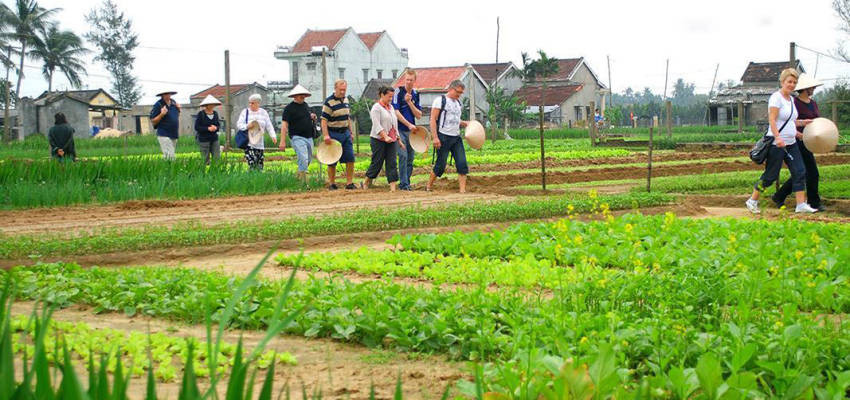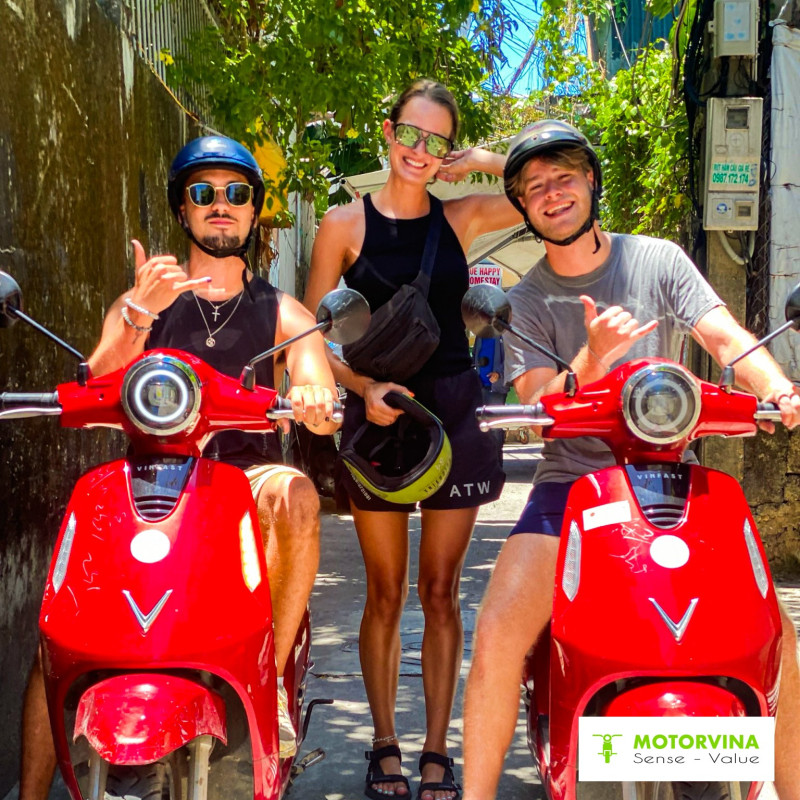Discover the rich traditions of Hoi An craft villages on a motorbike
Hoi An, a UNESCO World Heritage Site, is not just famous for its ancient town but also for its traditional craft villages. These villages, each with its unique specialty, offer a glimpse into the rich cultural tapestry of Vietnam. This guide will take you on a journey through these villages, providing tips on scooter rent, itineraries, and ways to interact with the locals.
The charm of Hoi An and its craft villages
The historical significance of Hoi An
Hoi An's history dates back to the 15th century when it was a bustling trading port. This rich heritage is reflected in its architecture, culture, and crafts. The craft villages surrounding Hoi An have preserved these traditions, making them a must-visit for anyone interested in Vietnamese culture.
Tra Que vegetable village
The history and charm of Tra Que
Tra Que vegetable village is a verdant oasis located just a short ride from Hoi An’s bustling center. Known for its organic farming methods, this village has been supplying fresh vegetables and herbs to the local market for over 300 years. The rich soil, nourished by algae from the Co Co River, produces some of the finest produce in the region.
Experience farm life
Visitors can participate in farming activities, from planting to harvesting, gaining hands-on experience in traditional agricultural practices. Donning a farmer's hat and working alongside the locals, you'll get a taste of the rural lifestyle that sustains Hoi An's culinary delights.

Thanh Ha pottery village
Craftsmanship at its best
Thanh Ha pottery village is a must-visit for those fascinated by the art of pottery. Established in the 16th century, this village has a storied history of creating exquisite ceramics that are both functional and decorative.
Hands-on pottery making
Try your hand at shaping clay on a potter’s wheel under the guidance of skilled artisans. It’s a therapeutic experience, molding the clay into various forms and understanding the intricacies of this ancient craft. Plus, you get to keep your creation as a unique souvenir!
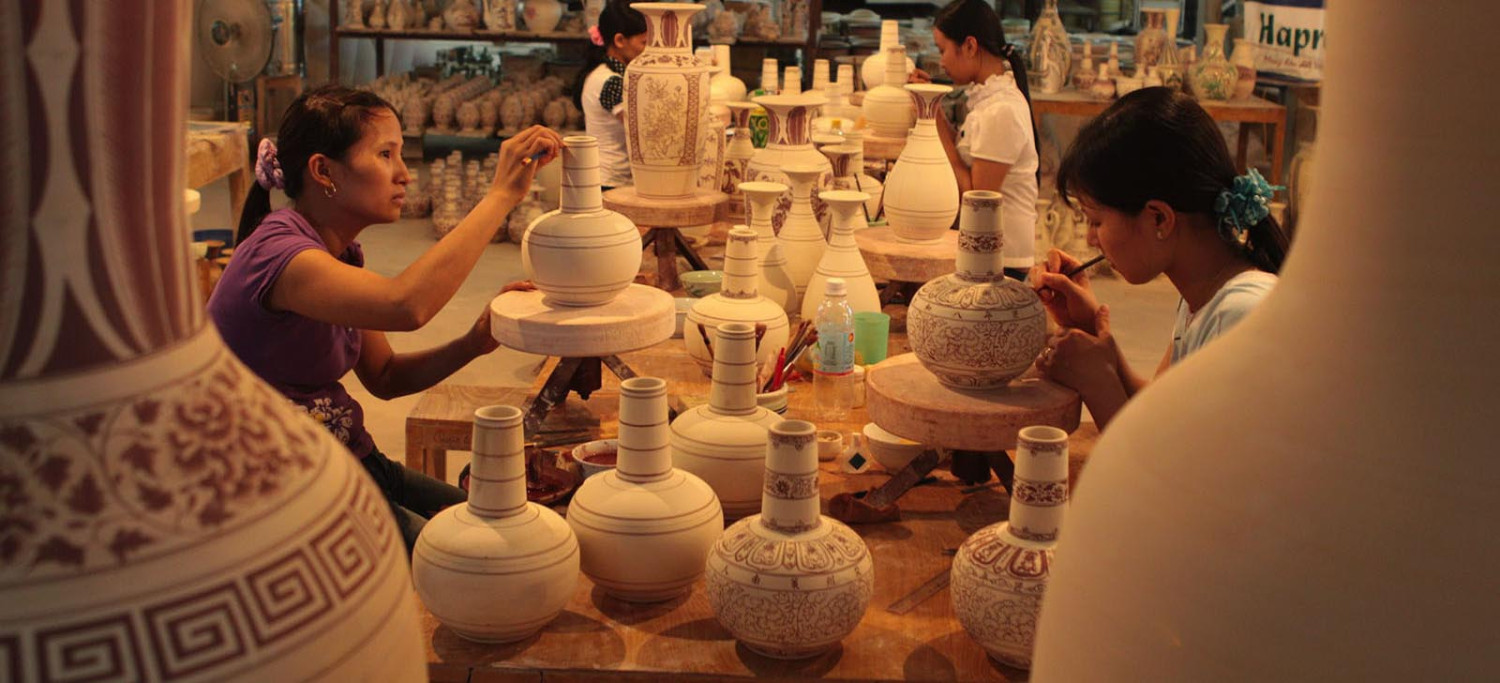
Kim Bong carpentry village
A legacy of woodworking
Kim Bong carpentry village is renowned for its masterful woodwork. The village's craftsmen have been instrumental in restoring Hoi An's ancient buildings and creating intricate wooden sculptures and furniture.
Witness the artistry
Stroll through workshops where you can watch artisans carve elaborate designs from blocks of wood. The attention to detail and the skill involved in their work is truly mesmerizing. You might even be tempted to purchase a handcrafted piece to take home.
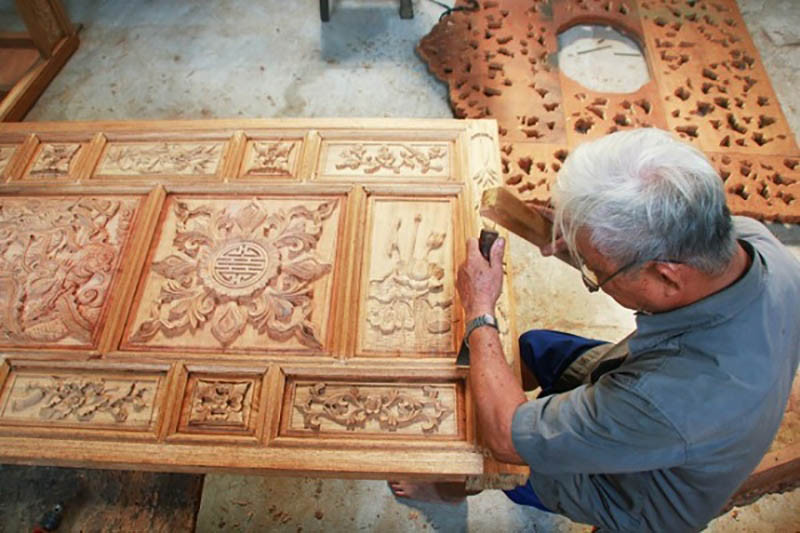
Lantern making village
Illuminating traditions
Hoi An’s lantern making village is a vibrant testament to the city's festive spirit. Lanterns are an iconic symbol of Hoi An, especially during the monthly Lantern Festival when the streets are aglow with colorful lights.
Create your own lantern
Engage in a lantern-making workshop where you can design and assemble your own lantern. It's a fun and creative activity that allows you to bring a piece of Hoi An's luminous charm back with you.
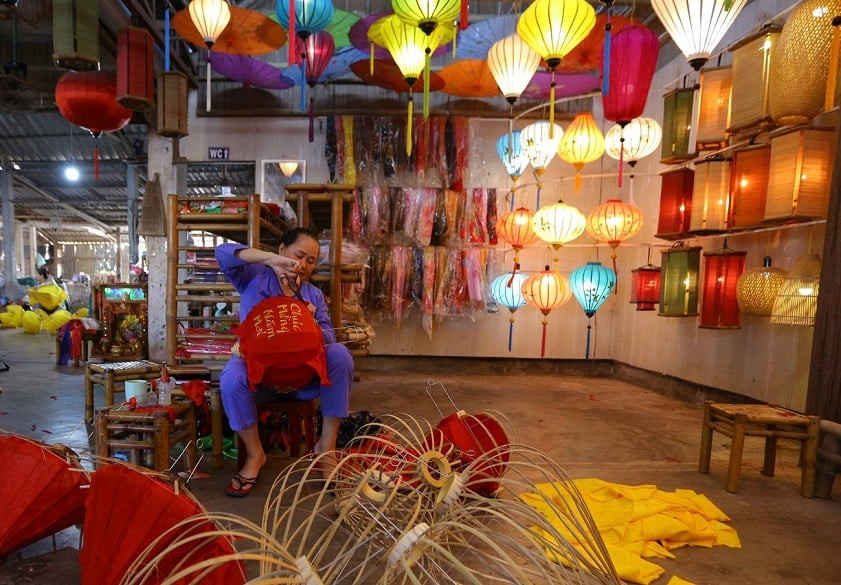
Instructions for renting a motorbike in Hoi An
Before you set out on your adventure, securing the right motorbike is crucial. Here's a step-by-step guide to renting a motorbike in Hoi An.
Choosing the right rental service
Several scooter rental services in Hoi An offer a range of bikes. Look for services with good reviews, clear rental agreements, and well-maintained bikes. The most popular option is Motorvina. Whether you're looking for a one-way motorbike rental from Hue to Hoi An or a straightforward motorbike hire in the city, choosing a reputable service is essential.
What to check before renting
When choosing a motorbike for rental, inspect the bike thoroughly. Check the brakes, lights, tires, and horn. Make sure the rental service provides a helmet and, if possible, a map of the area. Ensuring the motorbike is in good condition is key to a safe and enjoyable ride. Vietnam motorbike rental services often include these checks, but it's always good to double-check yourself.
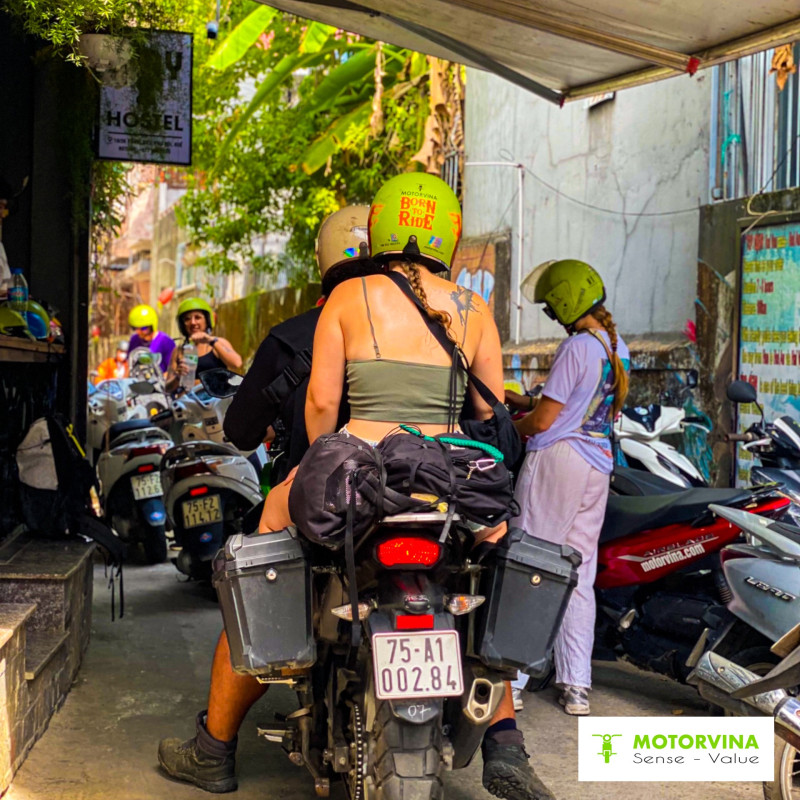
Understanding the costs
Motorbike rental in Hoi An is quite affordable. Prices typically range from $5 to $10 per day. Ensure there are no hidden charges and that the service includes insurance. If you're considering a longer journey, such as a motorbike rental from Hue to Hoi An, check for any additional fees. One-way motorbike rental options in Vietnam can sometimes come with extra costs, so it's good to clarify beforehand.
Required documentation
You’ll need a valid driver’s license and a passport copy. Some services might require a deposit, which is usually refunded when you return the bike. Services like Motorvina often have straightforward requirements, making the process of motorbike hire in Hoi An smooth and hassle-free.
Itinerary to Visit Craft Villages in 2 Days
Let's break down the journey to explore all of Hoi An's traditional handicrafts with Motorvina
Day 1: Exploring Tra Que and Thanh Ha
- 7:00 AM: Start early at Tra Que Vegetable Village. Join in the morning farming activities.
- 9:00 AM: Participate in a hands-on farming experience.
- 11:00 AM: Relax and enjoy a fresh, organic lunch made from the village's produce.
- 1:00 PM: Head to Thanh Ha Pottery Village. Participate in a pottery-making workshop.
- 3:00 PM: Explore the village’s artisanal shops and discover unique ceramic pieces.
- 5:00 PM: Return to Hoi An town and enjoy the evening at your leisure.
Day 2: Discovering Kim Bong and Lantern Making
- 8:00 AM: Set off for Kim Bong Carpentry Village.
- 9:00 AM: Observe the craftsmen at work and learn about traditional woodworking techniques.
- 11:00 AM: Visit the local workshops and perhaps purchase a handcrafted souvenir.
- 12:00 PM: Enjoy lunch at a local eatery in the village.
- 2:00 PM: Head to the Lantern Making Village. Participate in a lantern-making workshop.
- 4:00 PM: Explore the village and watch as it comes alive with lantern-lit streets after dusk.
- 6:00 PM: Return to Hoi An town, with your handcrafted lantern lighting up your journey.
Tips for interacting with local people
Learning a few Vietnamese phrases
Knowing a few basic Vietnamese phrases can go a long way in building rapport with the locals. Simple greetings and expressions of thanks will be greatly appreciated.
Showing respect for local customs
Vietnamese culture places a high value on respect and courtesy. Be mindful of local customs, dress modestly, and always ask for permission before taking photos of people.
Engaging with artisans
The artisans in these villages are usually very proud of their work and enjoy sharing their knowledge. Ask questions, show genuine interest, and don't be afraid to try your hand at the crafts.
Conclusion
Exploring Hoi An’s craft villages on a motorbike hire is more than just a journey; it’s an immersive cultural experience. From the colorful lanterns of Thanh Ha to the intricate silk weaving of Kim Bong, each village offers a unique glimpse into Vietnam’s artisanal heritage. By renting a motorbike from Motorvina, you have the freedom to explore at your own pace, interact with the local craftsmen, and create unforgettable memories. So, gear up with a Vietnam motorbike rental, hit the road, and let the charm of Hoi An's craft villages unfold before you.
Comments

